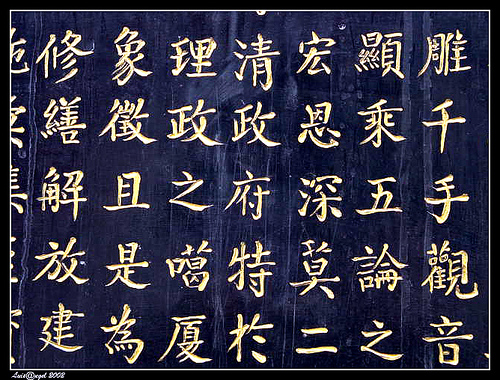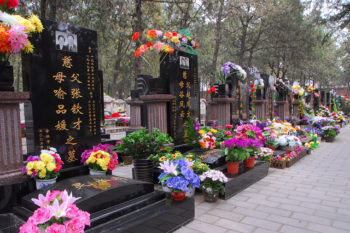The formation and development of crafting Chinese letters, Chinese calligraphy or 書法 (shū fă), is strongly connected to the history of China, both having a long and rich history. Chinese Calligraphy is one of the greatest kinds of Chinese art, showing communicating ideas as well as abstract style of words.

Calligraphy is one of the four standard abilities and subjects of the Chinese culture, along with painting (畫huà ), stringed musical instruments (琴qín) and Chinese chess (棋qí). Rhythm, lines, and framework are more completely symbolized in calligraphy than in the various other three abilities. Chinese calligraphy of different periods had its specific types and designs.
Jiaguwen (scripts on tortoise shells and animal bones), and pictographic characters (referred to as xiangxing zi in Chinese), are calligraphies with lots of distinctive strokes or the degrees of intricacy in like characters, revealing the laws of balance. Changes of lines and strokes had actually taken on indications of calligraphy that was to come into presence. The pre-Qin calligraphic art not only set the scope of Chinese calligraphy, but also set the stands for a great instance for later generations as a reference.
The Chinese civilization was affected by a linear and periodical procedure, and it protested such a background that Chinese calligraphy has actually been presenting its advancement. Throughout its development, specifically from the Shang Dynasty to the Three Kingdoms Period, Chinese characters developed from Jiaguwen, Jinwen to Kaishu (routine hand) and Xingshu (running hand). In the following period, specifically from the Jin Dynasty to the Tang Dynasty, the art of Caoshu (cursive hand), Xingshu (running hand) and Kaishu (routine script) replaced Zhuanshu (seal script) and Lishu (official script) to become the mainstream.
The writing of Wang Xizhi, one of the best calligraphers in Chinese history, was the art sensation of that period, His creative accomplishments were extremely appreciated until the Tang Dynasty. An increasing number of calligraphers appeared at that time, such as Ouyang Xun, Yan Zhenqing, Liu Gongquan. Everyone of them had their own design.
The Tang Dynasty was full of enhancement of calligraphic concepts, with the posting of some theoretical books, such as Shu Pu (Manual of Calligraphy) and Shu Yi (Etiquettes in Calligraphy), resulting in substantial impact on later books. Due to the disorder triggered by wars and the unsteady political scenario in following dynasties from the Five Dynasties to the Yuan Dynasty, the development of calligraphy speeded up. Calligraphers of that duration decided to reveal their inner sensations and interests with calligraphy. More theoretical books came out, offering theoretical support for the later generations.
The calligraphy in the Ming Dynasty was generally an inheritance and advancement of that of the Song and Yuan dynasties, which of the Qing Dynasty was normally divided into two periods. There was an increasing of numerous well-known calligraphers with numerous outstanding calligraphic works.
Chinese calligraphy is an Chinese art. Like using chopsticks, calligraphy was completely Chinese. However, as Chinese culture affects Korea, Japan, and Singapore, calligraphy became a special attribute of Chinese art.
Calligraphy are hugely accepted by the West; as what Picasso stated, “Had I been born Chinese, I would have been a calligrapher, not a painter.” Lots of calligraphic aspects are being embraced by modern-day Western art.
This is a guest post by Benjamin Cai. Benjamin is a native Chinese who lives in Hong Kong. He start learning Mandarin since 1997. He is the co-founder of SpeakMandarinToday.com and now he is a blogger and Chinese teacher. Follow him on Twitter, Google+.
Read more
Author Tash Aw on moving to China and the South Asian novel
Stephen, from London to Beijing
Picture Postcards: Hong Kong houses





Ben,
Thank you for the introduction in to Chinese calligraphy its well done.
Cheers